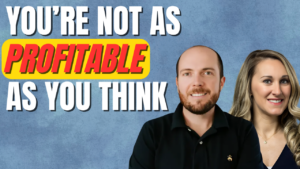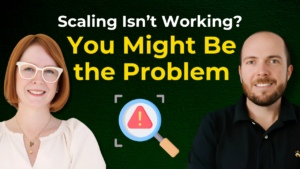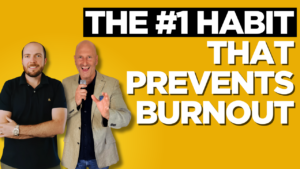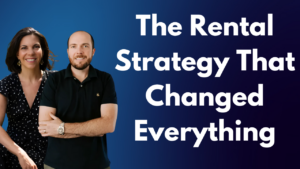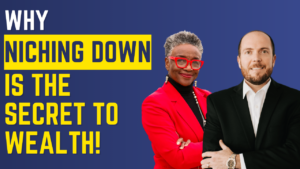
How Growth-Minded Leaders Are Using AI to Scale Smarter—Not Harder
How Growth-Minded Leaders Are Using AI to Scale Smarter—Not Harder In today’s fast-changing business world, ignoring AI isn’t just risky—it’s costly. On the latest Scale Smart, Grow Fast podcast, Mike Todasco, former PayPal innovation leader and visiting fellow at SDSU’s AI Research Center, broke down how business owners can future-proof their companies by embracing AI now, not later. Want the full breakdown and real-world strategies? Listen to the full episode on Spotify or Apple Podcasts and hear how AI is transforming executive support. Why AI Is a Business Advantage—Not Just a Buzzword AI isn’t just hype—it’s giving non-engineers executive-level leverage. Mike explains that tools like ChatGPT, Claude, and Gemini offer what used to cost companies six figures per employee. Now, for just $20/month, any business owner can streamline operations, get instant brainstorming support, automate workflows, and make better decisions faster. The problem? Too many leaders dabble. “If you’re just playing around with AI occasionally, you’re falling behind,” Mike says. True leverage comes when AI is embedded into everyday processes—from note-taking and email to decision support and strategic planning. Overcoming the #1 Barrier: Leadership Buy-In Most business owners delay adoption due to fear, complexity, or not knowing where to start. Mike’s advice? Don’t overthink it. Pick one tool and start using it daily. Create a culture where your team is encouraged to test AI, share wins, and improve together. At Workergenix, for example, our virtual executive assistants not only understand AI—they use it to triple productivity for our clients. If your team isn’t integrating AI, you’re leaving massive ROI on the table. How to Make Smarter Decisions with AI One practical example Mike shared: using AI as a devil’s advocate. Feed your strategy doc or sales plan into ChatGPT and ask it to challenge your thinking. It’s a fast way to





